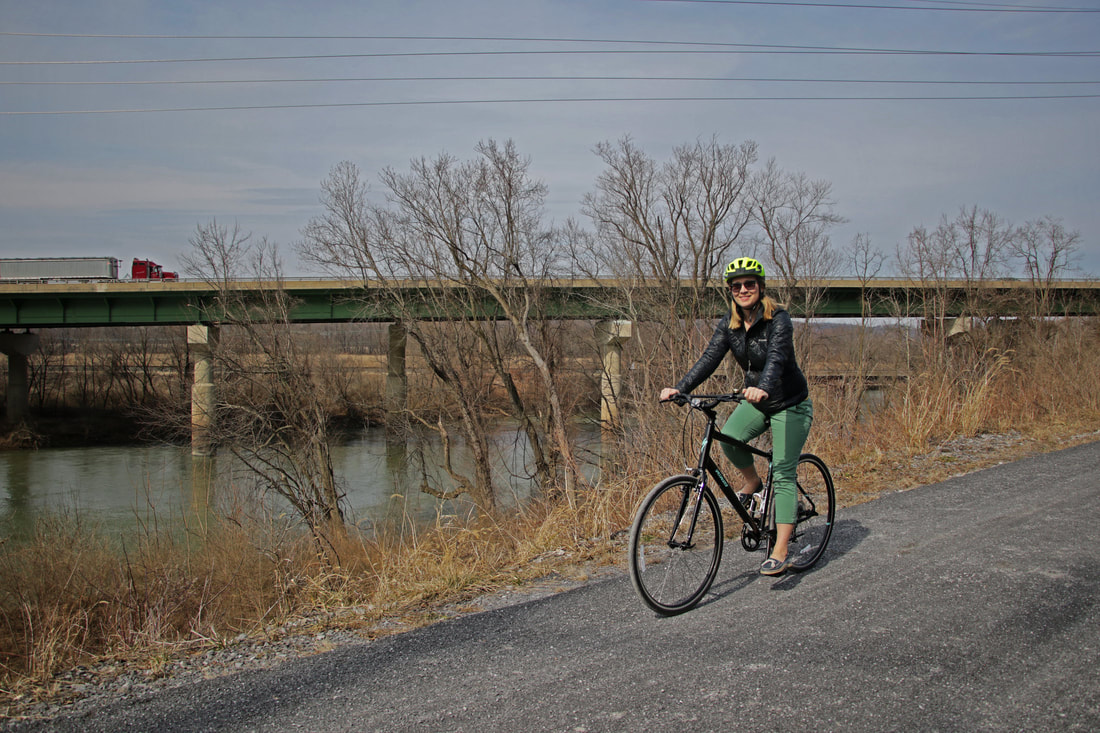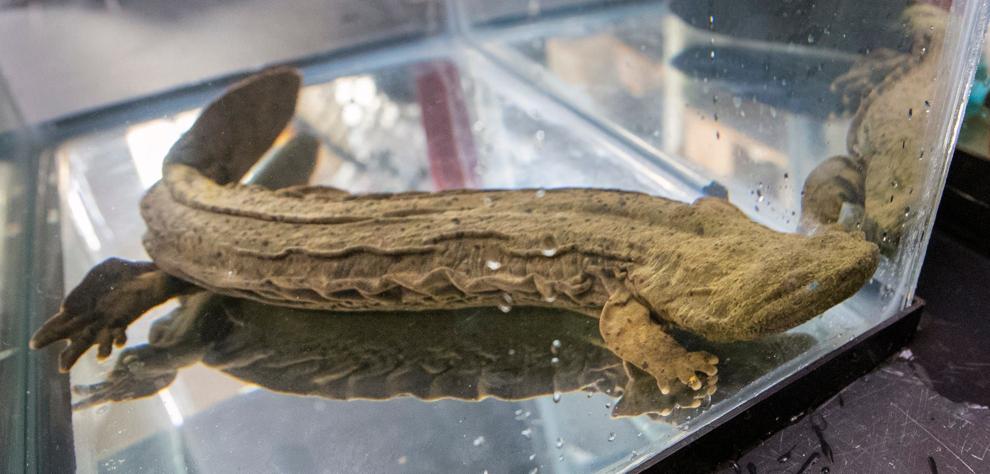2021 Floating Classroom sessions aboard the Hiawatha Paddleboat announced, tickets available now3/31/2021 Environmental education for young people and families goes to a whole new level when those classes happen in a venue as inspiring as Williamsport's Hiawatha Paddleboat as it works down the West Branch of the Susquehanna River.
“No day is ever the same, so all learning experiences are varied,” said Hiawatha boat captain Mike Strunk. “You get to experience the watershed in person, and being on board the Hiawatha is something you just can’t experience online.” The 2021 Floating Classroom series, provided by the Middle Susquehanna Riverkeeper Association, is set with six unique sessions planned later this summer.
0 Comments
Editor's note: This is Middle Susquehanna Riverkeeper John Zaktansky's column in response to the recent article looking at four studies that highlight the issues of microplastics in our nearby waterways. Check out that report here.
Drawn to the banks of the Penns Creek near Selinsgrove by the welcomed seasonal call of the spring peeper, it didn’t take long for me to notice some unique debris left behind by high water events a number of weeks prior. Wrapped around a new growth branch of a creek-side bush – hanging out over the water – was a decayed leaf littered with tiny fibers. After collecting some samples, I tested them using methods learned via recent interviews for the Middle Susquehanna Riverkeeper Association deep-dive article on microplastics. In 2019, as Susquehanna University professor Jennifer Elick transported her class to a wastewater treatment facility tour and water sampling opportunity in eastern Snyder County, one of her students started feeling sick.
“I dropped her off at the local laundromat with some fleece blankets and had her run them through the wash cycle,” Elick said. “Every 10 minutes, she took a sample of the washer’s water.” On a recent sunny Saturday morning, a group of Selinsgrove Cub Scouts from Pack 3419’s Wolf Den huddled around Snyder County Conservation District Manager Jason Winey for instructions on how to collect and prepare live stakes of silky dogwood plants.
“What we’re doing may just look like cutting down and collecting sticks, but if I push this in the soft ground along a streambank, in a couple of weeks, you’ll see a leaf growing off it and by the end of summer, a new silky dogwood plant will be growing,” said Winey. The United Nations in 1993 designated March 22 as "World Water Day" to highlight the importance of safe water and bring awareness to the world water crisis.
For many of us in the Susquehanna River watershed, access to clean, drinkable water may be just a faucet or water cooler spigot away. But that isn't a luxury many others have at their disposal. In an effort to raise awareness about the world's water supply, take the following quiz to see just how much you know and share it around with friends to help spread the world today during #WorldWaterDay. Submit your answers via the form and we will randomly select one received by 11:59 p.m. on Monday, March 22, 2021, to receive a free Middle Susquehanna Riverkeeper Association neck gaiter! Corey Ellison, the executive director for the Susquehanna Greenway Partnership talks in our most recent episode of the Middle Susquehanna Riverkeeper Podcast about the group's efforts to connect the land and water resources throughout the Susquehanna River basin.
After busy week of #RaiseTheRegion promotions, we wanted to take a moment to thank our supporters with something a little more recreational -- and maybe a big educational, too.
The above puzzle includes the names of 20 different bird species that can be found in Pennsylvania. Mark them all off, and the letters that aren't used can be unscrambled to spell out another species (the 21st hidden in this puzzle). We'd love to know how many enjoy this sort of thing. If you are able to identify and unscramble the hidden 21st species, email it, along with your name and hometown to Riverkeeper John Zaktansky at [email protected] We will randomly pick one of the correct responses for a small gift from the Riverkeeper's Sunbury office. Good luck! Reflecting on lessons learned and the exciting next steps thanks to your support after a busy year3/11/2021 A tiny overgrown country cemetery covered in thick brush caught my attention while deer hunting with my father and brother in the early 1990s.
The wrought iron fence covered in rust, railing broken in numerous spots by tree roots and deterioration. Overgrown pine trees and walls of poison ivy obscured large sections of the small lot. Fifteen-year-old me didn’t notice the jungle-like vegetation and dilapidated fence. All I could see was my future Eagle Scout project. The eastern hellbender – the state’s largest amphibian – is struggling to survive within our watershed.
Peter Petokas, a research associate with the Clean Water Institute at Lycoming College who has studied the hellbender for more than 15 years, recently shared in an York Daily Record story that 95 percent of the species’ habitat in the Susquehanna watershed “no longer exists.” When I first noticed it about a year ago, a study by Susquehanna University’s Freshwater Institute fascinated me on a variety of levels.
The group studied contents of 206 smallmouth bass stomachs collected from the Susquehanna River and Pine Creek (a tributary to the West Branch) over the course of three years (2017-2019). In 2017, 87.5 percent of the samples contained microplastics (small plastic fragments and threads), with an average of 2.3 microplastics per fish. That number climbed to 95.5 percent in 2018 specimens (6.1 per fish) and 100 percent of those collected in 2019 (28.9 per fish). Perhaps even more mind-blowing to me was that 1. Nobody seemed to really know about this study and 2. Not many seemed to realize the implications of these microplastics proliferating our waterways. |
AuthorsRiverkeeper John Zaktansky is an award-winning journalist and avid promoter of the outdoors who loves camping, kayaking, fishing and hunting with the family. Archives
July 2024
Topics |










 RSS Feed
RSS Feed